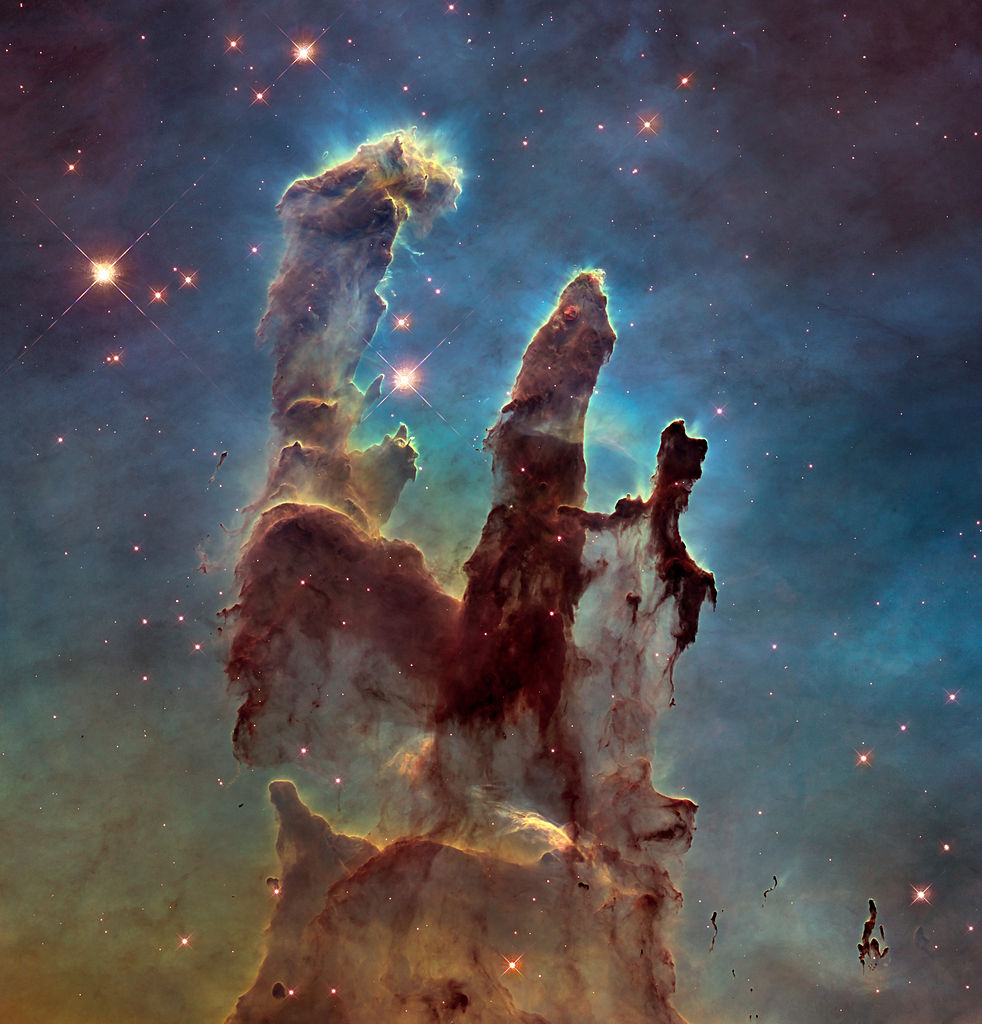
48 years ago this July, Apollo 11 blasted off on it’s three day journey to the moon. On July 21st 1969 Neil Armstrong became the first human to step foot on the moon. Mankind looked on in awe. It was the dawn of a new era, heralding in what was to be a fantastic voyage of discovery that started with the moon, moved to Mars and beyond and eventually further into our solar system and perhaps even journeying to neighbouring star systems.




